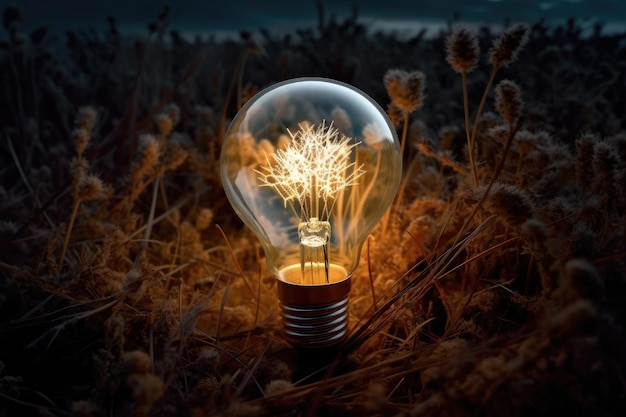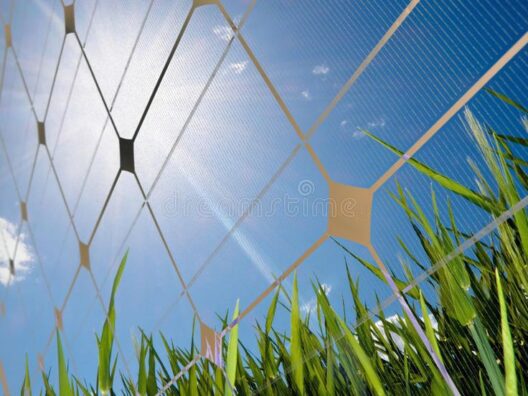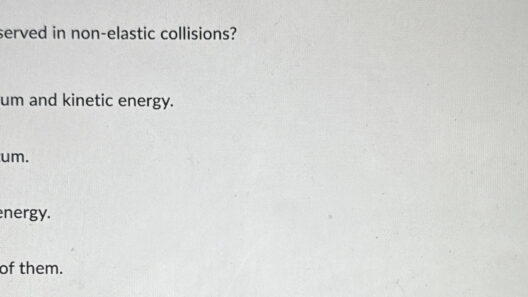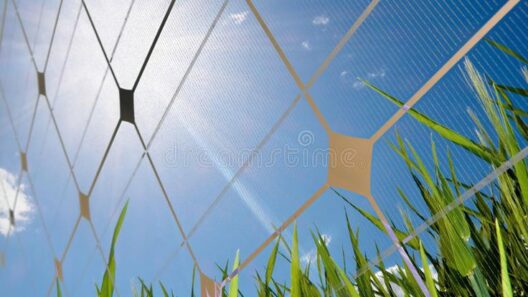In an era marked by urgent calls for environmental conservation and sustainable practices, the transition to energy-efficient lighting is a critical stride towards reducing carbon emissions. Light Emitting Diodes (LEDs) have emerged as a beacon of hope in energy conservation efforts. This article elucidates how LED lighting contributes to energy conservation, ultimately paving the way for a more sustainable future.
Understanding LED Technology
LEDs function based on a semiconductor technology that emits light when an electrical current passes through it. Unlike traditional incandescent and fluorescent bulbs, LEDs do not rely on heat to produce light, making them significantly more efficient. The luminescence of an LED is produced by the movement of electrons within a semiconductor material, a process that emits minimal heat compared to their counterparts. This fundamental difference is key to the energy-saving potential of LED lighting.
Energy Efficiency and Longevity
The most salient advantage of LED lighting lies in its energy efficiency. LEDs utilize approximately 75% less energy than incandescent bulbs and can last up to 25 times longer. For instance, while a standard incandescent bulb typically has a lifespan of around 1,000 hours, an equivalent LED bulb can exceed 25,000 hours. This longevity translates not only to energy savings but also to a decreased need for frequent replacements, leading to reduced waste in landfills.
Reduction in Greenhouse Gas Emissions
The transition from traditional lighting to LED technology significantly diminishes the amount of greenhouse gases emitted into the atmosphere. Power plants generate electricity through various means, many of which rely on fossil fuels. The reduction in energy consumption by using LEDs translates directly to lower energy demand, subsequently minimizing the carbon footprint associated with electricity generation. A nationwide switch to LED lighting could result in a staggering reduction of millions of tons of emissions annually.
Cost Efficiency Over Time
The initial investment in LED lighting may seem prohibitive; however, the long-term cost savings are substantial. These savings manifest through reduced energy bills and decreased maintenance costs. With their extended lifespans, LEDs lessen the frequency of replacements, which in turn mitigates the labor and materials expense associated with maintaining lighting infrastructure. For businesses and consumers alike, transitioning to LED technology is a financially sound strategy that aligns with ecological responsibility.
Smart Lighting Solutions
Innovation in LED technology has spurred the development of smart lighting systems. These systems integrate LED lights with automated controls, allowing users to manage their lighting based on occupancy and ambient light levels. Such technologies can further enhance energy conservation by ensuring that lights are turned off when not in use or dimmed during daylight hours. Smart lighting systems promote a dynamic relationship between users and their environments, fostering a culture of energy-conscious decision-making.
Versatile Applications of LEDs
LED lighting finds utility in various contexts—residential, commercial, and industrial. In residential settings, they offer extensive applications ranging from overhead lighting to decorative accents. In commercial environments, such as retail and hospitality, LEDs enhance aesthetic appeal while contributing to significant energy savings. Furthermore, industrial sectors leverage LEDs for task lighting and large-scale installations, proving their versatility and adaptability. This wide array of applications showcases the potential of LED technology to integrate seamlessly into diverse environments, driving points of efficiency across sectors.
Environmental Compliance and Regulation
As global awareness of climate change intensifies, many regions are enacting regulations that incentivize or require the adoption of energy-efficient technologies. LED lighting often meets or exceeds these regulatory standards. Compliance not only aligns with environmental objectives but also positions businesses favorably amidst evolving market demands and consumer preferences. This strategic alignment with regulatory frameworks reflects a broader commitment to sustainability and responsible operation.
Challenges and Misconceptions
Despite the numerous advantages of LED technology, several misconceptions persist. One prevalent myth is that LEDs are costly and inferior in quality compared to traditional bulbs. While the upfront cost may be higher, the long-term benefits far outweigh initial expenditures. Additionally, advancements in LED technology have markedly improved light quality, dispelling earlier concerns regarding light color and intensity. By effectively addressing these misconceptions, a more widespread acceptance of LED lighting can be achieved.
The Path Forward: Embracing LED Lighting
As the world grapples with the effects of climate change, fostering a culture of energy conservation is imperative. LED lighting is a practical solution, effortlessly combining efficiency with sustainability. By adopting LED technology on a large scale, individuals and organizations alike can play a pivotal role in reducing energy consumption and greenhouse gas emissions.
Moreover, expanded education and awareness initiatives are crucial in highlighting the benefits of LED lighting. Community programs that advocate for energy-efficient renovations can catalyze collective action, propelling entire communities towards greener practices. A concerted effort to transition to LED lighting will empower individuals as stewards of the environment, reinforcing the notion that every small change contributes to a larger impact.
In conclusion, LED lighting represents a luminary shift towards a more sustainable and energy-conscious future. By adopting this technology, society can mitigate environmental degradation while fostering economic stability. The time to embrace LED lighting is now; it is a step forward into a brighter, greener future.








